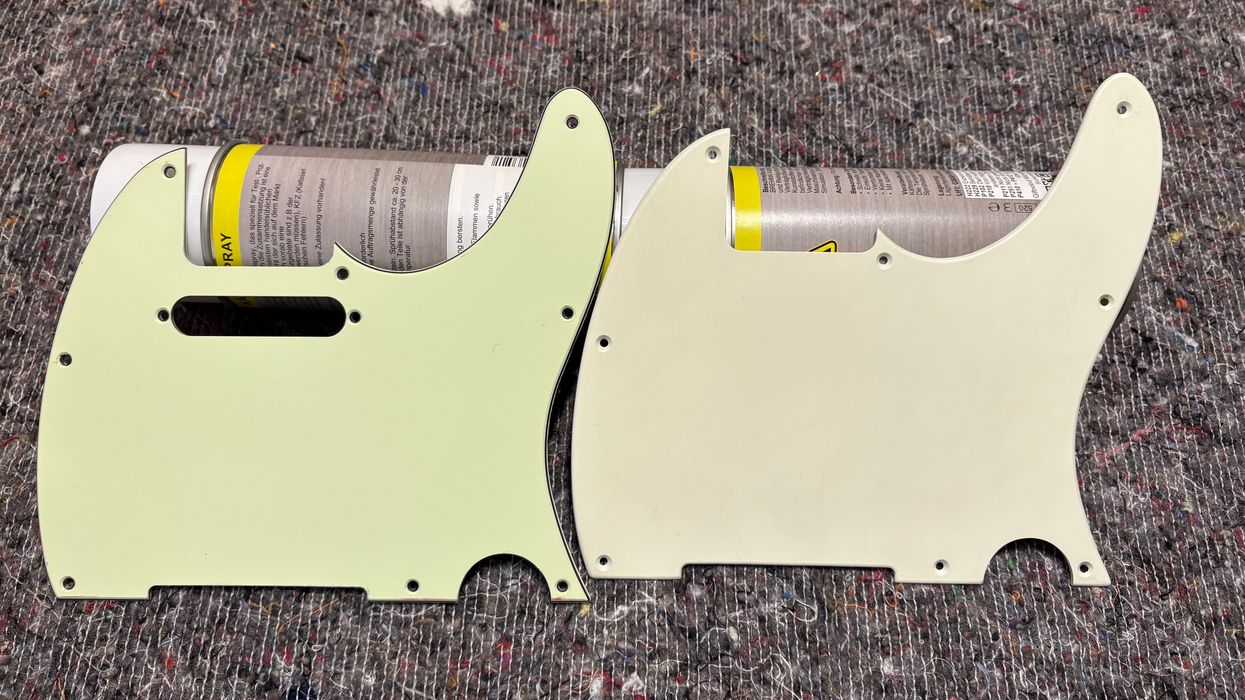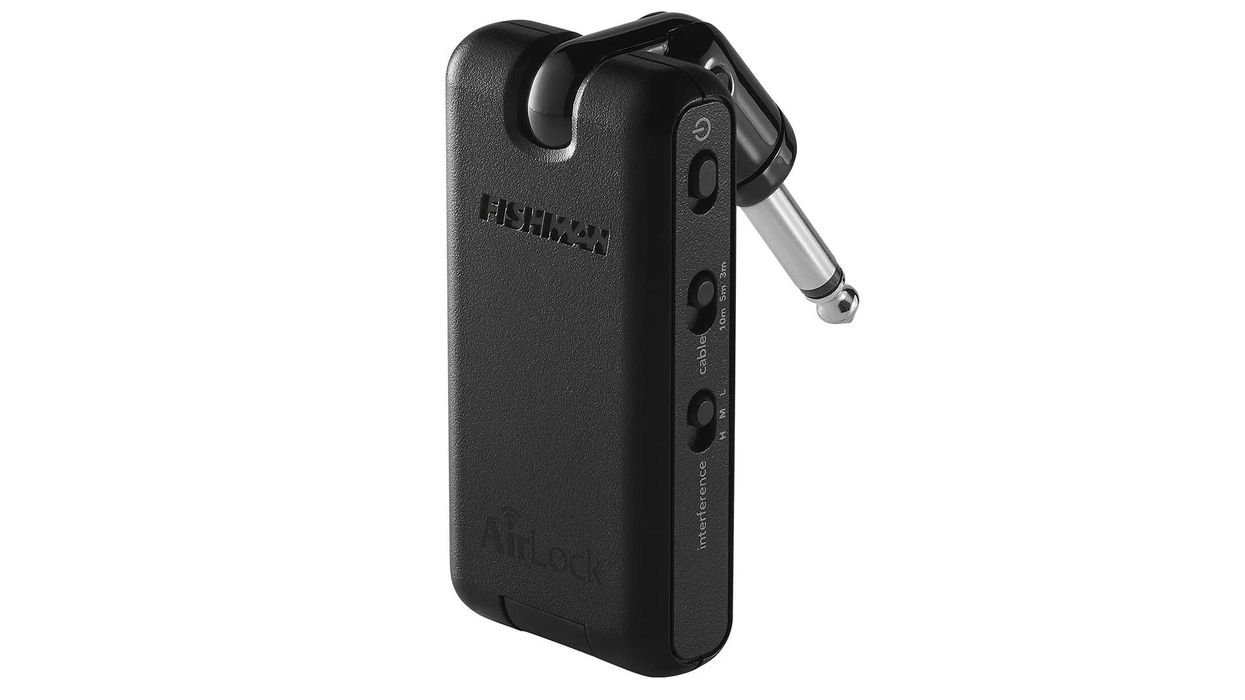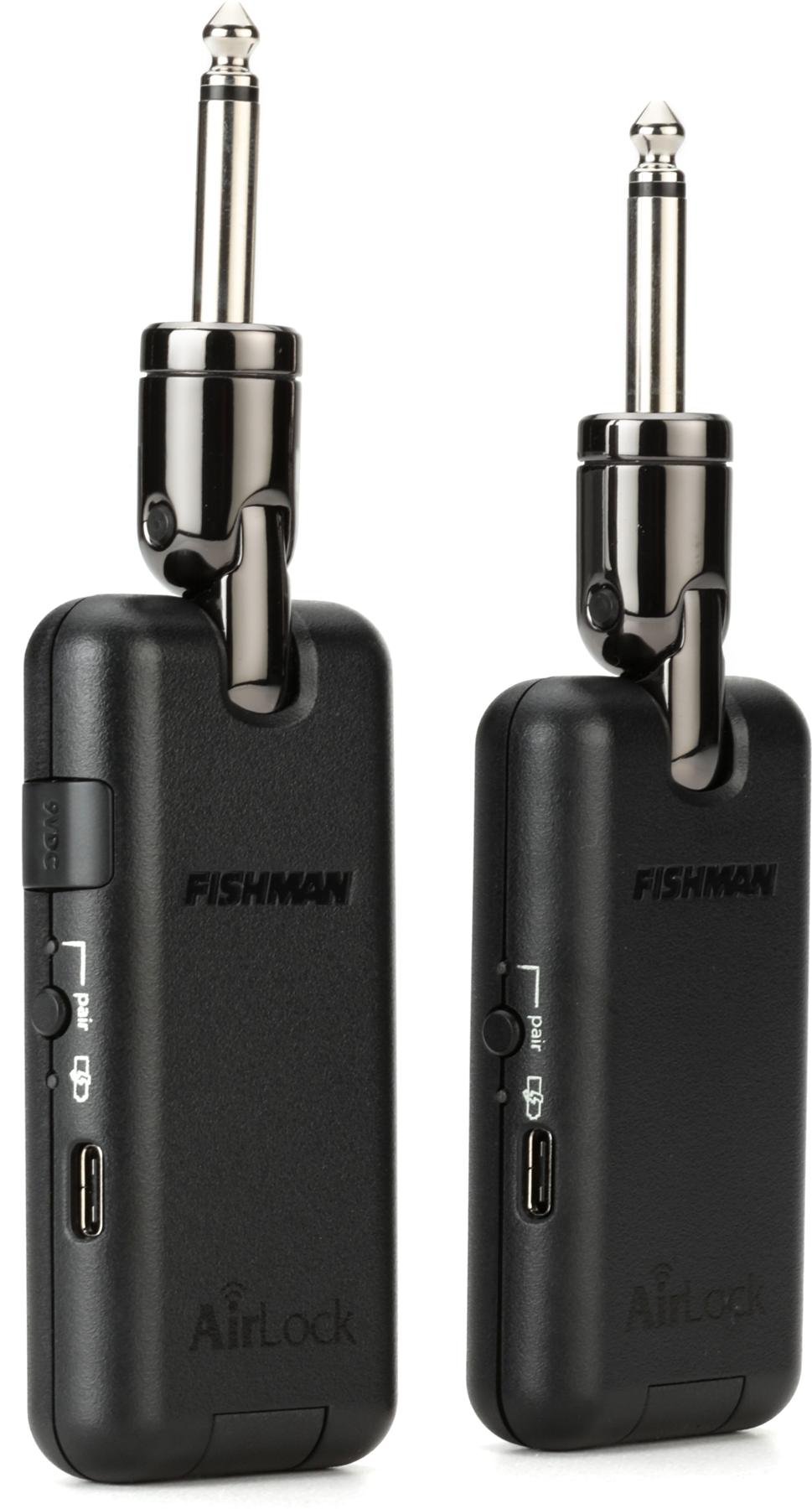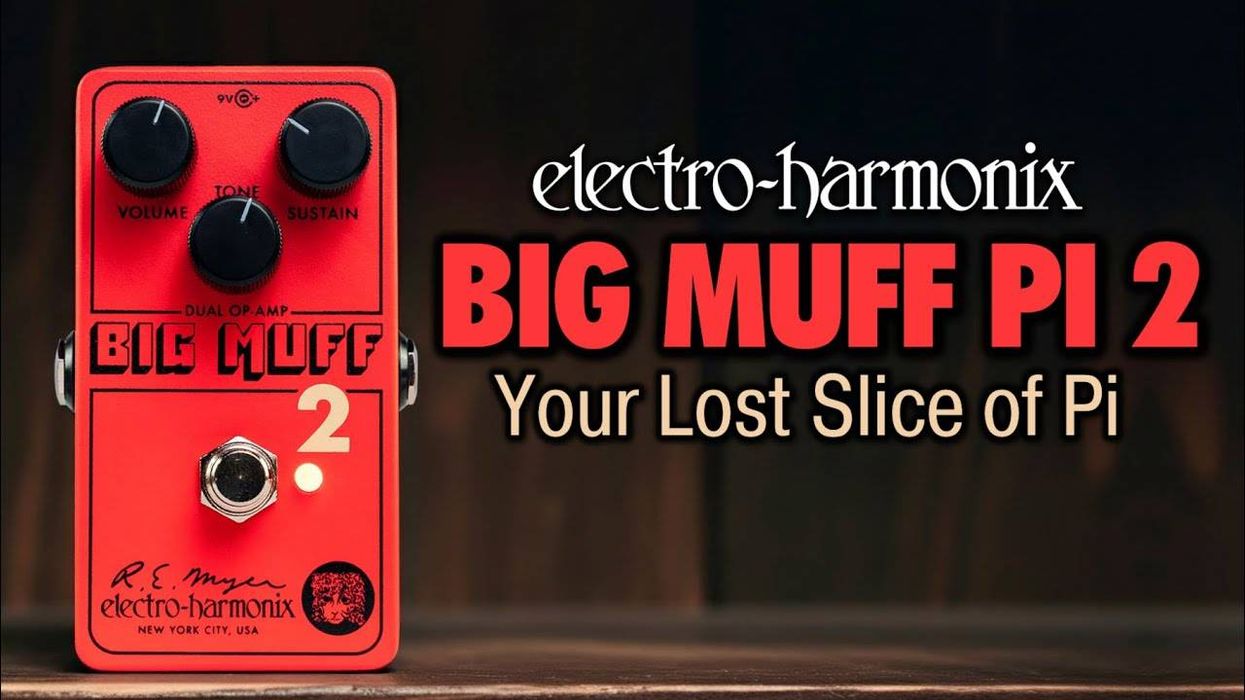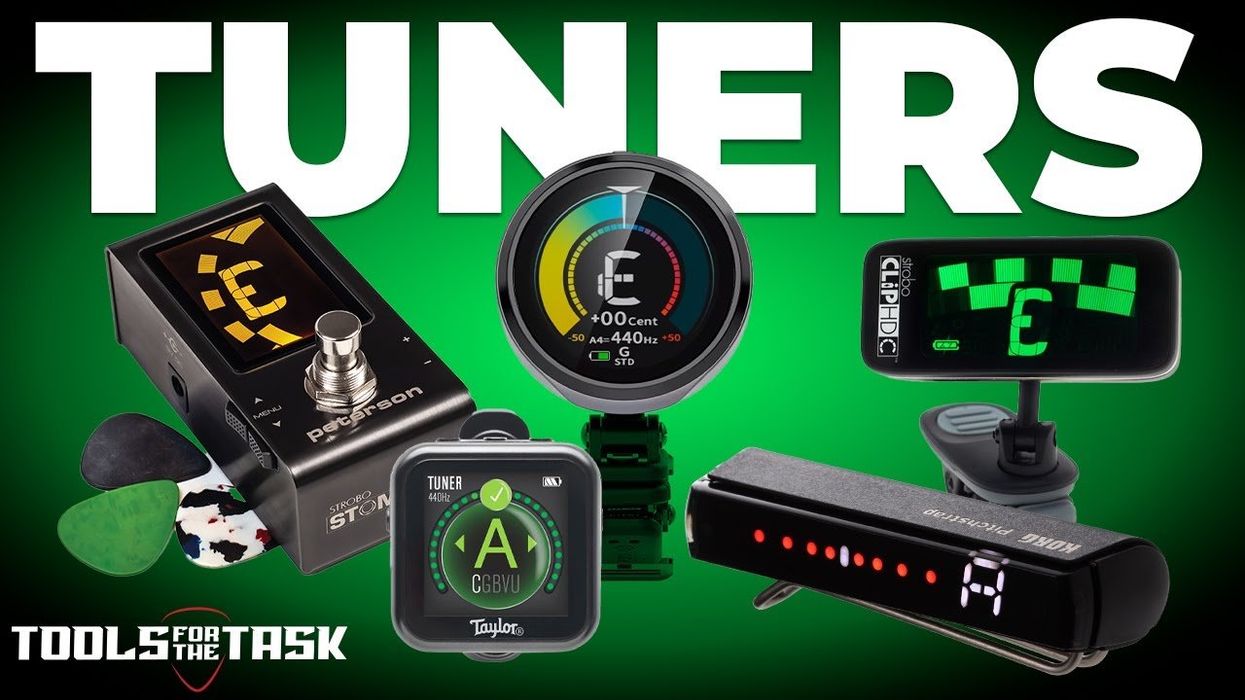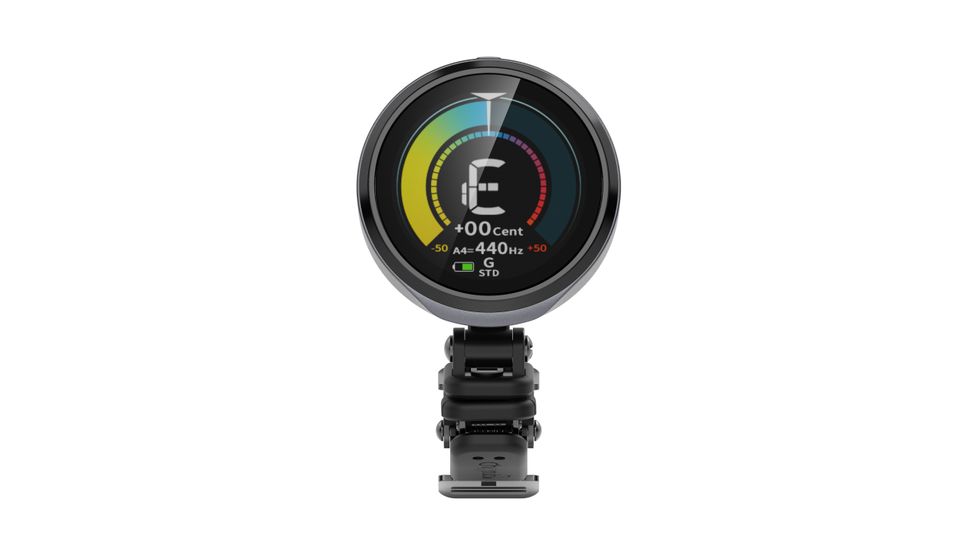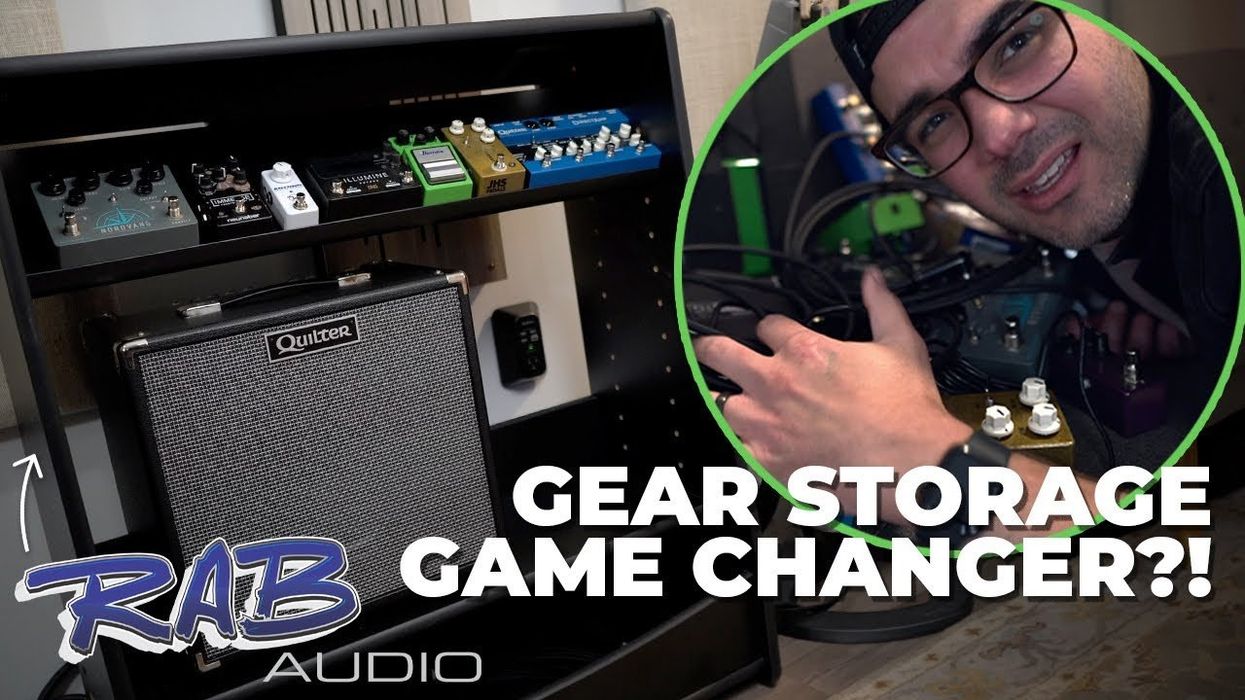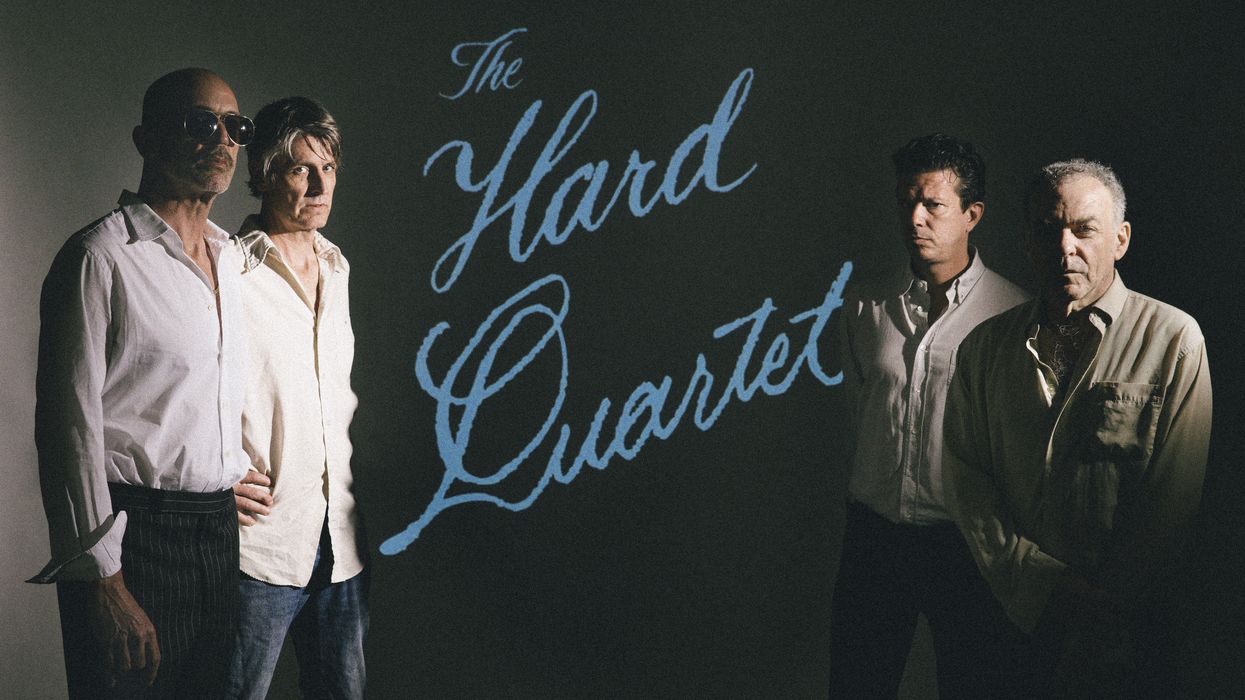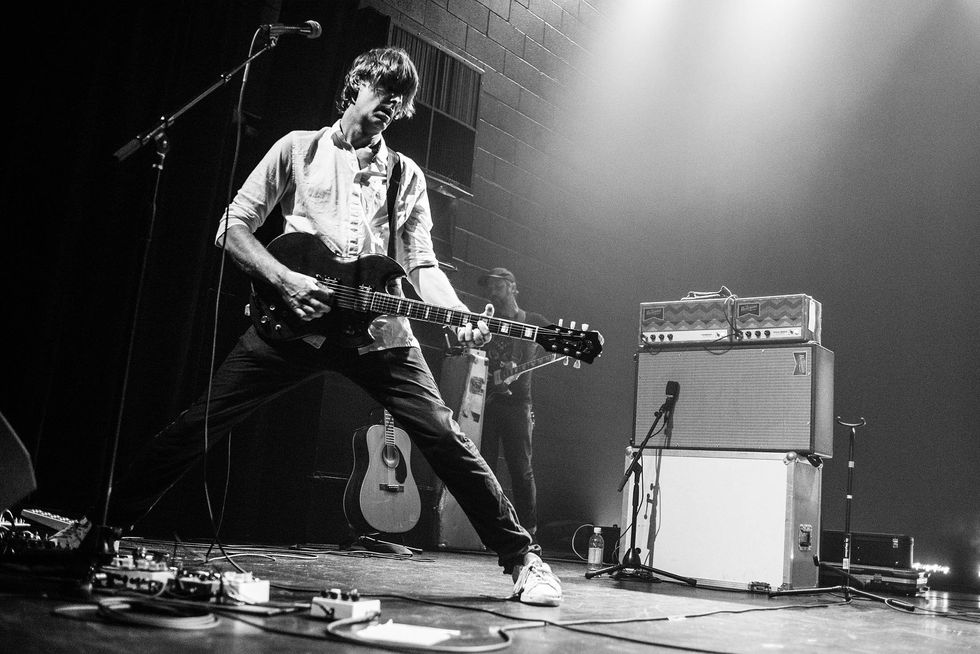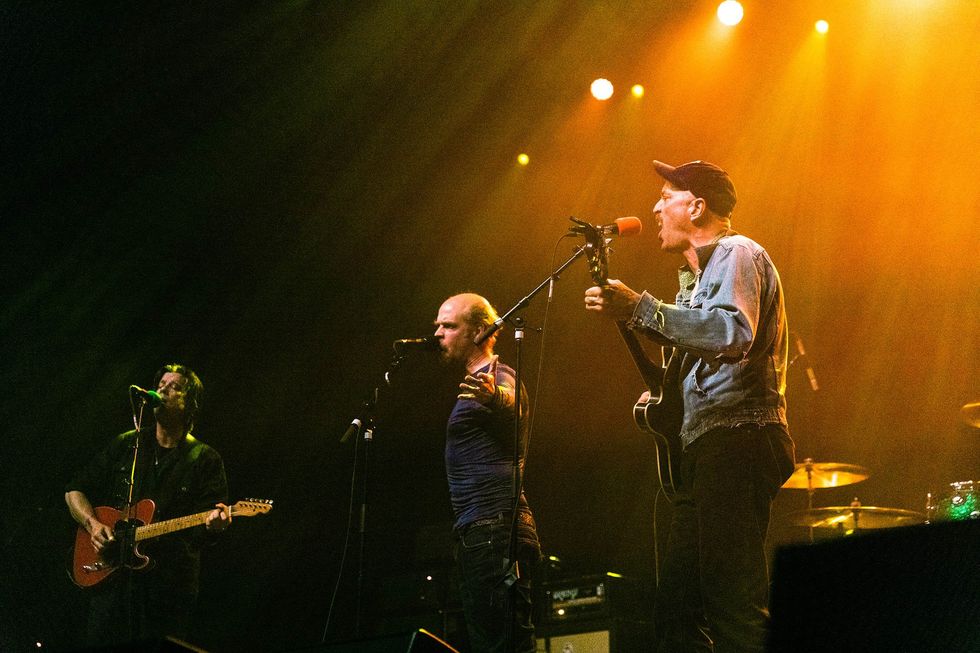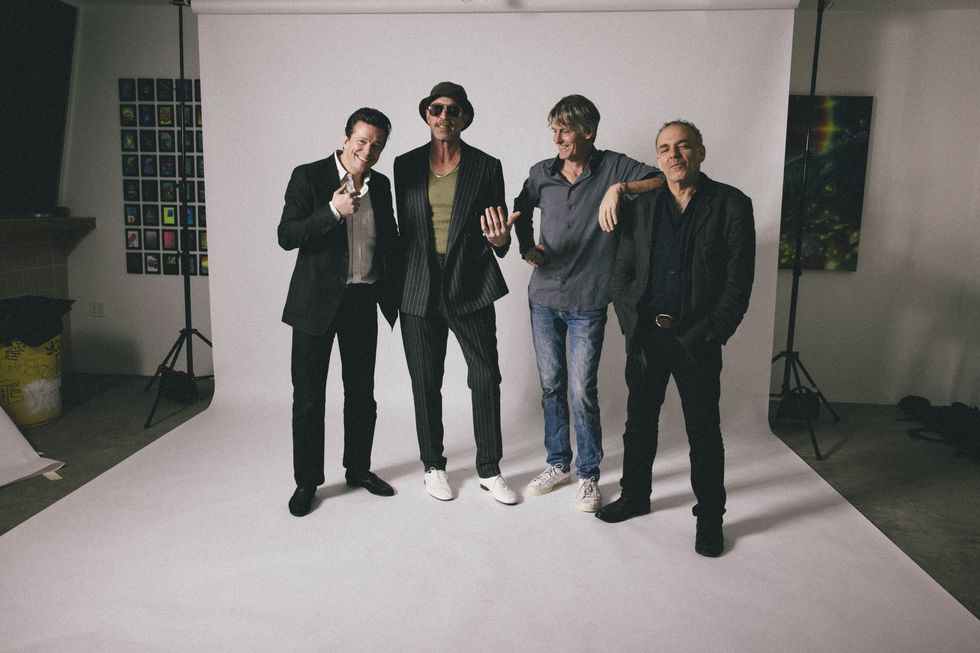Cave Creek, AZ (June 9, 2020) -- Mad Hatter Guitar Products announces Four New Systems to officially launch its Luminator product lineup, the Luminator – TEN, 4/3, 3/3, and IBZM Systems.
In January Mad Hatter Guitar Products introduced its newest product the Luminator. The Luminator is an LED touch capacitance switch that when touched activates a relay circuit board, the Luminator Switch Board, that redirects your analog signals through three independent switches providing nearly endless options.
Mad Hatter Guitar Products now offers Four New Luminator Systems based off its most popular Terminator Systems:
Luminator TEN designed specifically for Humbucker – Single – Humbucker (HSH) guitars provides humbuckers in all five positions, including both humbuckers together in position three, in standard, “Humbucker Mode.” Touch the Luminator switch and change to “Strat Mode” with the volume pot changing from 500k to 250k and now having single coils in all five positions as traditionally expected with a Strat.
Luminator 4/3 for Humbucker – Single – Single (HSS) guitars provides the traditional switching in “Standard Mode.” Touching the Luminator switch changes the volume pot from 250k to 500k and offers four new sounds including the single pickups now in Series to capture the Dual Humbucker sounds traditionally lost with HSS and more!
Luminator 3/3 designed for Strat style guitars (SSS) provides the traditional switching in “Strat Mode.” Touch the Luminator switch to change the volume pot from 250k to 500k and place the single pickups in Series for more Humbucker type sounds.
Luminator IBZM is our Pinnacle System for Dual Humbuckers providing Five Great Tones in Standard Mode. Touching the Luminator switch changes the volume pot from 500k to 250k to provide beautiful single coils sounds in all five positions.
Pricing for the Luminator Systems start at just $209.99.
For more information:
Mad Hatter Guitar Products






